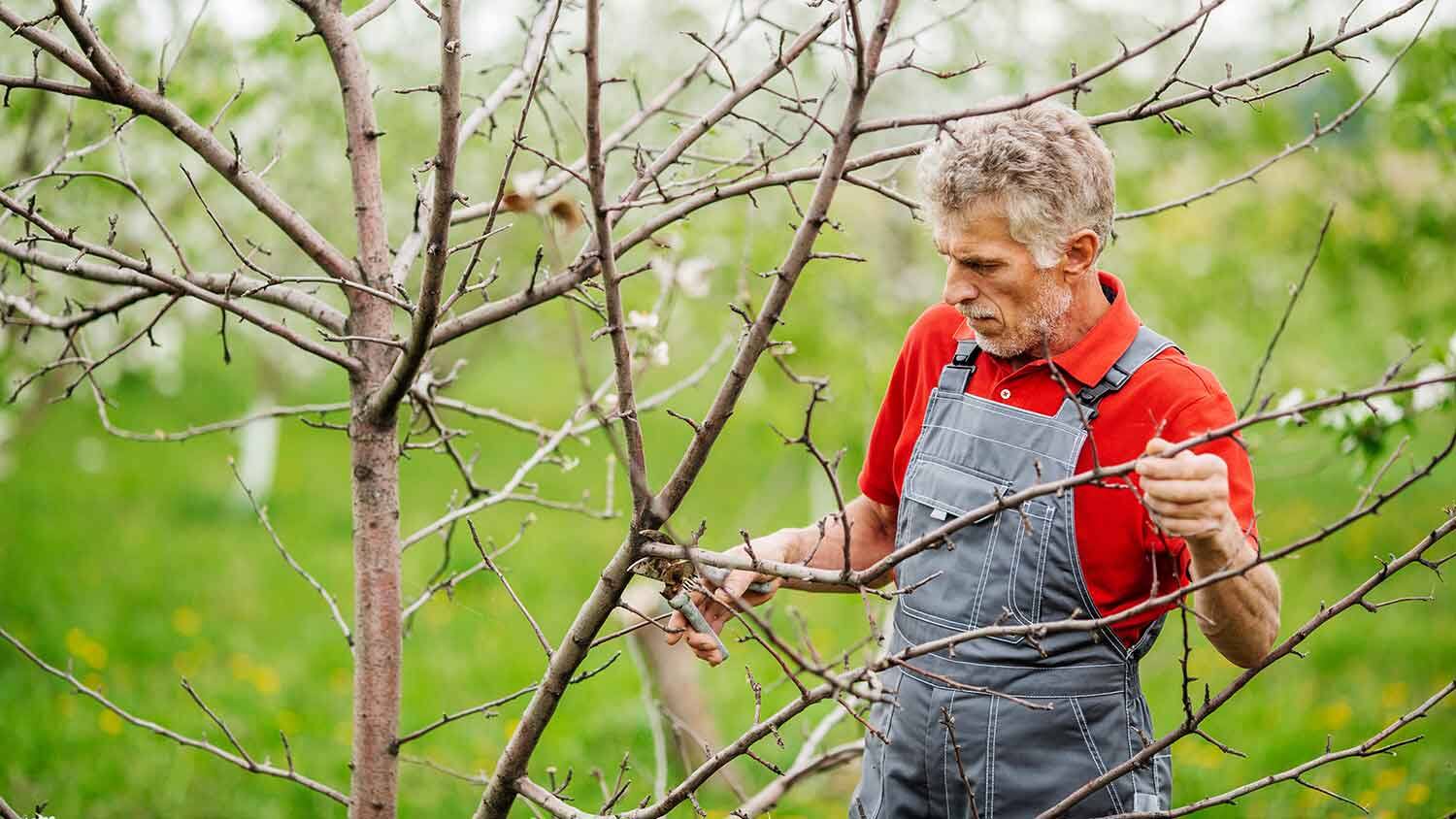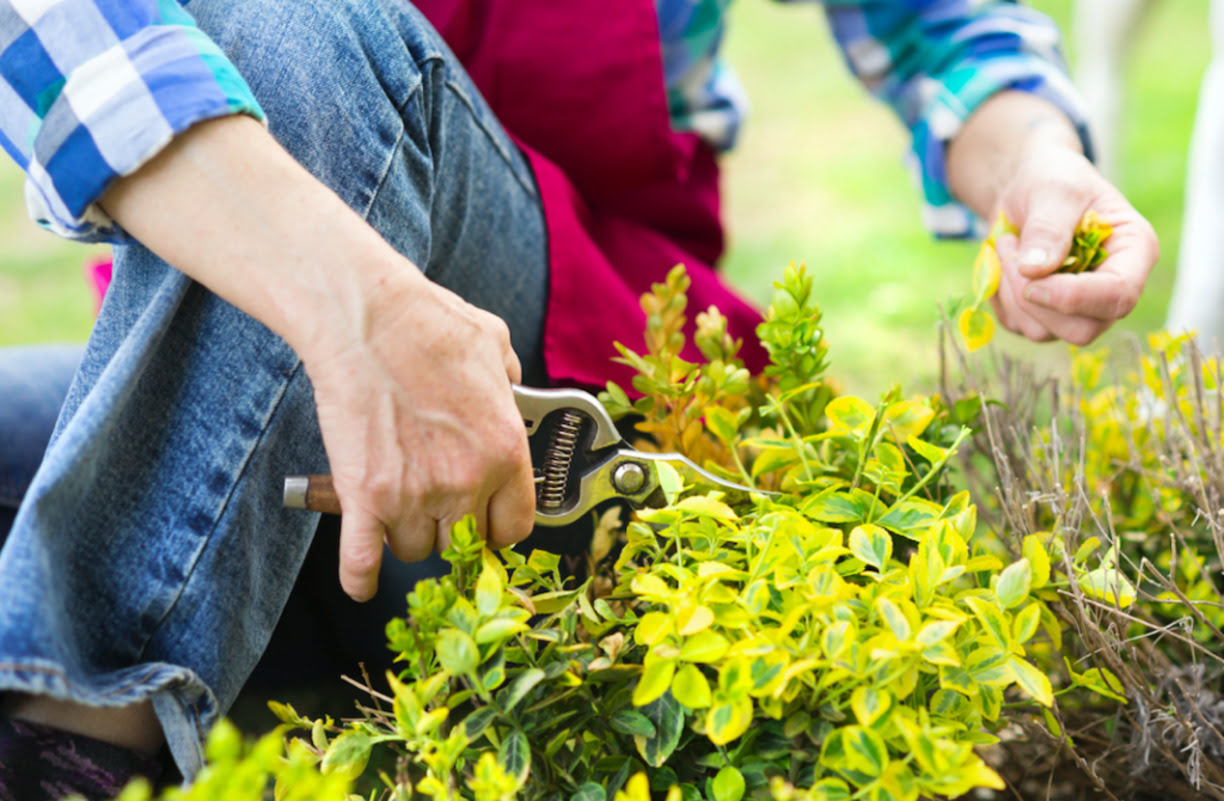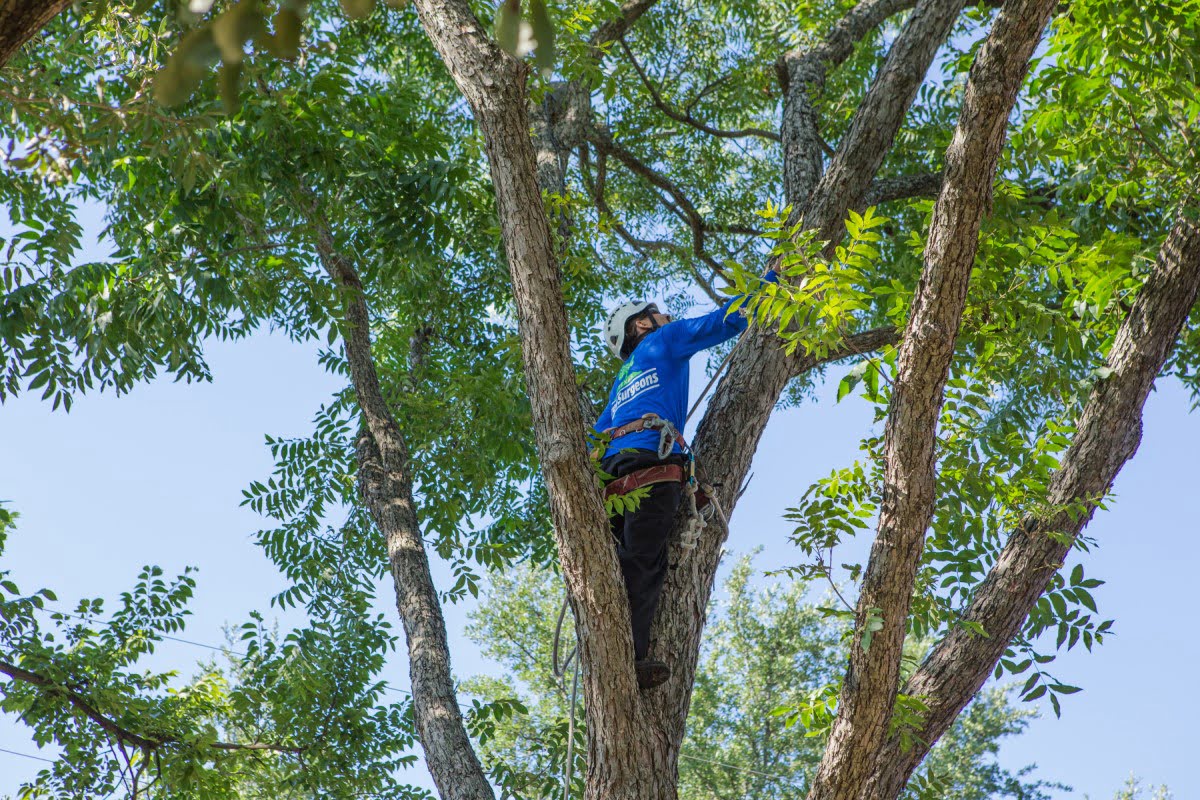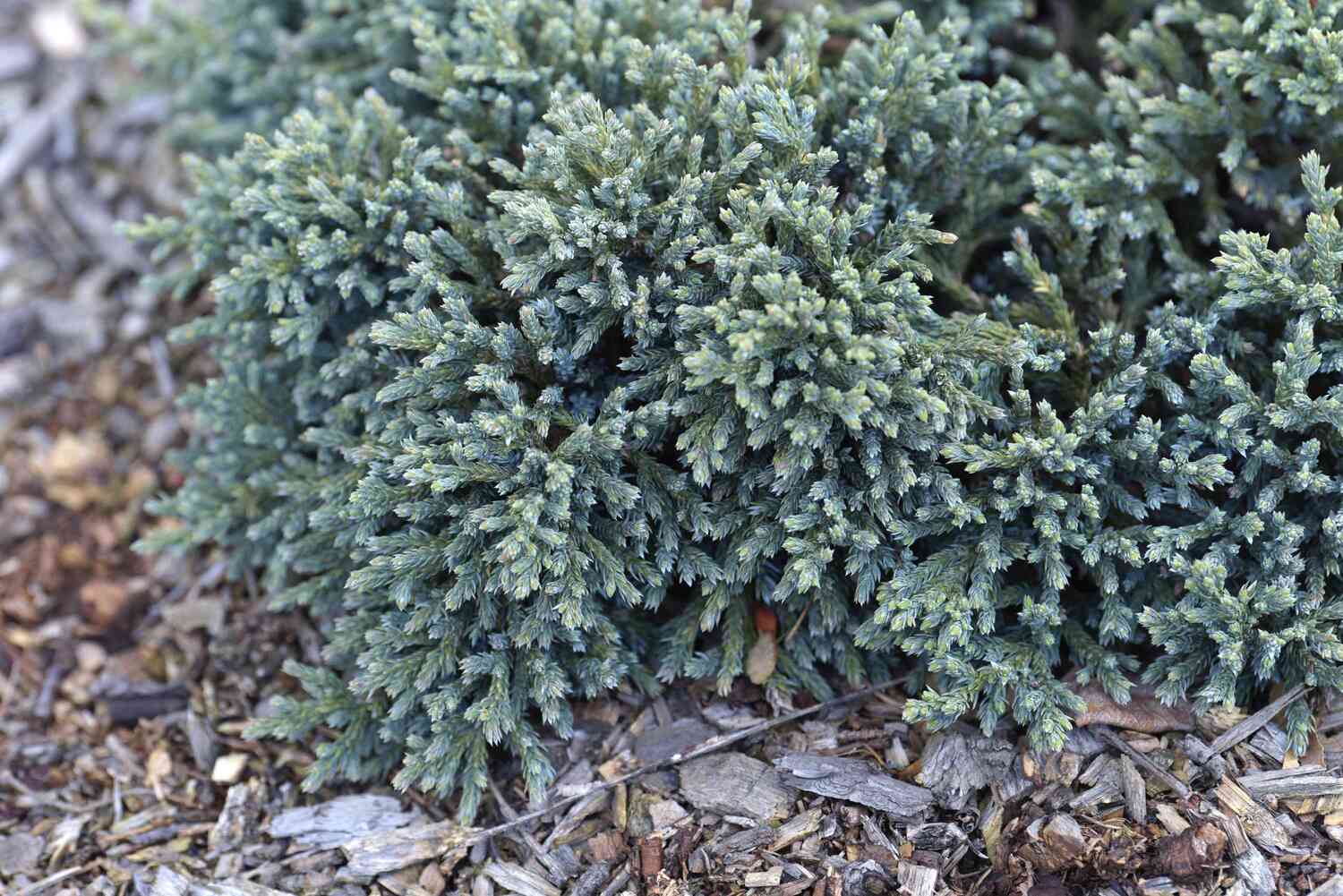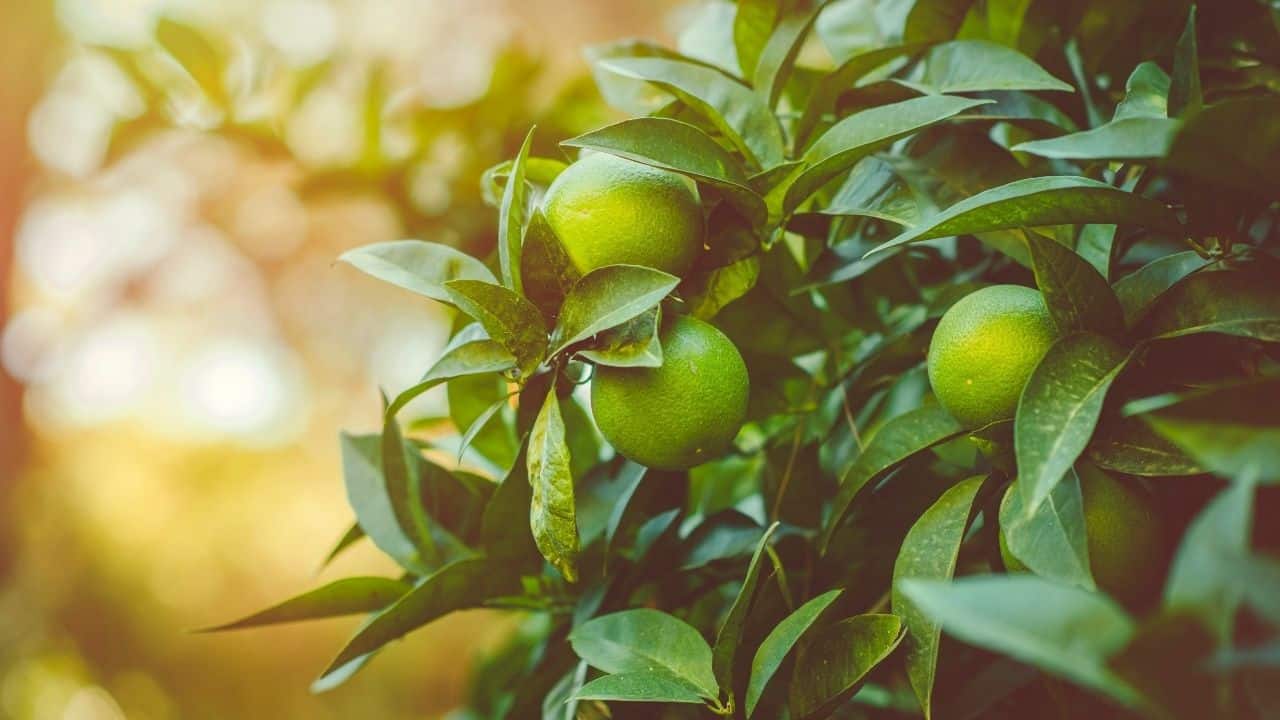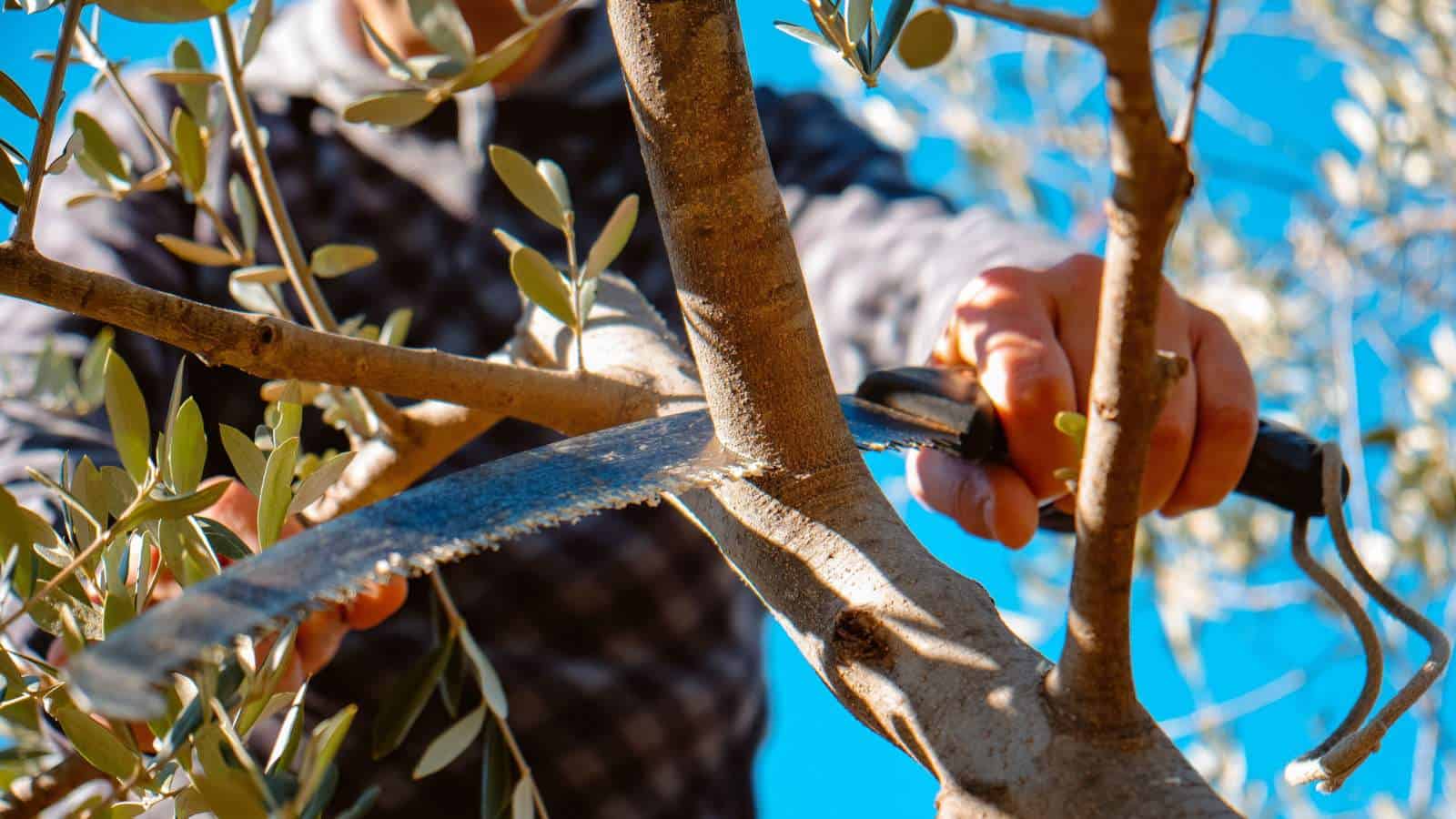Home>Gardening Techniques>Plant Care>When To Trim Lilac Trees


Plant Care
When To Trim Lilac Trees
Published: November 9, 2023
Learn the best time to trim lilac trees and how to properly care for your plants. Gain insights on plant care for healthy and beautiful lilac bushes.
(Many of the links in this article redirect to a specific reviewed product. Your purchase of these products through affiliate links helps to generate commission for Chicagolandgardening.com, at no extra cost. Learn more)
Table of Contents
Introduction
Welcome to the world of plant care, where every leaf, every stem, and every blossom deserves attention. Among the myriad of plants that grace our gardens, the elegant and aromatic lilac tree stands tall. If you’re a proud owner of a lilac tree or are considering adding one to your garden, it’s important to understand the best practices for its care and maintenance.
Trimming or pruning is an essential part of caring for lilac trees. Regular trimming not only helps to shape the tree but also promotes healthy growth and ensures abundant blooms. However, knowing when and how to trim lilac trees can sometimes be confusing, leaving many gardeners scratching their heads.
In this comprehensive guide, we will delve into the world of lilac tree care and focus on the art of trimming. We’ll explore the best time to trim lilac trees, signs that indicate it’s time for a trim, the steps to trim them properly, common mistakes to avoid, and provide tips for maintaining healthy lilac trees.
So, whether you’re a beginner or an experienced gardener, follow along as we uncover the secrets to successful lilac tree trimming and help you master the art of nurturing these stunning plants.
Understanding Lilac Trees
Before we delve into the intricacies of trimming lilac trees, it’s essential to understand the basics of these magnificent plants. Lilac trees, scientifically known as Syringa, are deciduous shrubs or small trees that belong to the Olive family (Oleaceae). They are famous for their exquisite clusters of fragrant, colorful flowers that bloom in spring.
Lilac trees come in various varieties, offering a wide range of sizes, shapes, and flower colors. The most popular species include the common lilac (Syringa vulgaris), Japanese lilac (Syringa reticulata), and Persian lilac (Syringa x persica). Each variety has its own unique characteristics, such as flower size, fragrance, and growth habit.
These trees typically have medium to dark green, heart-shaped leaves that provide a beautiful backdrop to their stunning blooms. Lilac trees are also known for their ability to attract pollinators such as bees and butterflies, making them a valuable addition to any garden ecosystem.
When it comes to cultivation, lilac trees prefer well-drained soil and full sunlight. They thrive in USDA hardiness zones 3 to 7, although certain varieties can tolerate slightly different climates. Lilac trees also require regular watering to establish strong root systems but are relatively drought-tolerant once established.
Additionally, lilac trees have a moderate growth rate, reaching a height of around 8 to 15 feet and spreading about 6 to 12 feet wide. However, it’s important to note that the specific growth characteristics can vary depending on the variety of lilac tree and pruning practices.
As lilac trees age, they tend to develop multiple trunks and can become unruly if not properly maintained. This is where the art of trimming comes into play. Regular pruning is crucial to control the size, shape, and overall health of the lilac tree, ensuring that it remains a focal point of beauty in your garden.
Now that we have a basic understanding of lilac trees, let’s explore the benefits of proper pruning and trimming in the next section.
Benefits of Pruning Lilac Trees
Pruning is an essential practice in the care and maintenance of lilac trees. It offers several benefits that contribute to the overall health, appearance, and longevity of these elegant plants. Let’s explore some of the key benefits of pruning lilac trees:
- Promoting healthy growth: Regular pruning helps to remove dead, diseased, or damaged branches, allowing the tree to direct its energy towards new growth. This encourages the development of strong, vibrant branches and promotes overall tree health.
- Enhancing flower production: Pruning stimulates the production of new flower buds by removing old, non-productive wood. This results in an abundance of blossoms that are larger, more colorful, and more fragrant. Proper pruning ensures that the lilac tree remains a stunning display of nature’s beauty.
- Controlling size and shape: Lilac trees have a tendency to become overgrown and unruly if left unpruned. Trimming allows you to shape the tree according to your desired form, ensuring it fits harmoniously within your landscape. It also prevents the tree from outgrowing its allocated space, keeping it in check and preventing overcrowding.
- Improving air circulation and light penetration: Dense foliage can restrict air circulation within the tree, creating a favorable environment for pests and diseases. Pruning helps to thin out the branches, allowing air to flow freely and reducing the risk of fungal infections. It also opens up the canopy, allowing sunlight to reach the inner parts of the tree, promoting healthier growth.
- Removing crossing and rubbing branches: Over time, branches can become entangled, leading to rubbing and friction. This not only damages the bark but can also create wounds that invite pests and diseases. Pruning eliminates these problematic branches, reducing the risk of further damage and promoting the overall structural integrity of the tree.
These benefits highlight the importance of proper pruning for lilac trees. By investing time and effort into regular trimming, you can ensure that your lilac tree thrives, producing an abundance of vibrant flowers and becoming a focal point of beauty in your garden.
Best Time to Trim Lilac Trees
Timing is crucial when it comes to trimming lilac trees. The right pruning schedule ensures optimal growth and flowering, while improper timing can result in limited blooms or damage to the tree. So, when is the best time to trim lilac trees? Let’s explore the two key periods for pruning:
- Pruning immediately after flowering: The ideal time to prune lilac trees is right after they finish flowering, typically in late spring or early summer. This is because lilac trees form flower buds for the following season shortly after the current year’s blooms fade. By pruning immediately after flowering, you allow ample time for new growth and the development of next year’s flower buds. This ensures you won’t have to sacrifice blooming potential when trimming.
- Pruning in late winter or early spring: If you missed the window for post-flowering pruning, another suitable time to trim lilac trees is during late winter or early spring. This is when the tree is in dormancy before new growth begins. Pruning during this period allows you to shape the tree, remove deadwood, and thin out branches to improve air circulation. However, keep in mind that pruning in late winter or early spring may impact the current year’s bloom, so it’s best to prioritize post-flowering pruning whenever possible.
It’s important to note that trimming lilac trees during other times of the year, especially during mid to late summer or fall, may result in fewer blooms the following spring. Additionally, pruning during the fall can leave freshly cut branches vulnerable to winter damage.
By following these guidelines and timing your pruning appropriately, you can maximize the health, beauty, and flowering potential of your lilac trees. Remember, each tree is unique, so it’s essential to observe its growth patterns and adjust pruning accordingly.
Signs That Indicate It’s Time to Trim Lilac Trees
Knowing when it’s time to trim your lilac trees can sometimes be challenging, especially for beginners. However, there are several signs and indications that can help you determine when pruning is necessary. Keep an eye out for the following signs that suggest it’s time to trim your lilac trees:
- Overgrown branches: If your lilac tree has branches that are spreading in all directions or obstructing pathways, it may be a sign that trimming is needed. Overgrown branches not only affect the overall aesthetic appeal but can also limit air circulation and sunlight, hindering healthy growth.
- Dead or damaged branches: Check for any branches that show signs of disease, infestation, or physical damage. Dead or damaged branches not only detract from the tree’s appearance but can also pose a risk of falling and damaging surrounding structures or plants. Pruning these branches will help maintain the tree’s health and safety.
- Weak or crossing branches: Look for branches that are weak, thin, or crossing over each other. Weak branches are more susceptible to breakage, and crossing branches can cause rubbing and damage. Trimming these branches will promote a stronger structure and reduce the risk of future problems.
- Limited or sparse blooming: If your lilac tree is producing fewer blooms each year, it may indicate the need for pruning. Over time, lilac trees can become overcrowded with old wood, reducing the number of flower buds formed for the next season. By selectively pruning and removing old wood, you can stimulate the growth of new, productive branches and enhance blooming.
- Untidy or uneven appearance: If your lilac tree looks messy or unevenly shaped, it could benefit from a trim. Pruning can help maintain a tidy appearance, promote a balanced structure, and enhance the overall aesthetic appeal of the tree.
It’s important to note that not all lilac trees require the same level of pruning. The signs mentioned above can serve as general guidelines, but it’s crucial to assess each tree individually and make pruning decisions based on its specific needs.
Regular observation and maintenance can help you spot these signs and take the necessary steps to trim your lilac trees at the right time. By doing so, you’ll keep your trees healthy, beautiful, and thriving for years to come.
Steps to Trim Lilac Trees Properly
Trimming lilac trees requires a careful and methodical approach to ensure optimal results. Here are the key steps to follow when trimming your lilac trees:
- Assess the tree: Begin by thoroughly inspecting the tree to identify any dead or damaged branches, as well as weak or crossing branches that need to be removed.
- Gather the right tools: Equip yourself with the necessary tools, including sharp bypass pruners, loppers for thicker branches, and a pruning saw for larger cuts. It’s crucial to use sharp tools to ensure clean cuts that promote proper healing.
- Start with removing dead or damaged branches: Begin by pruning any dead or diseased branches, making clean cuts at the base or at the nearest healthy junction. Make sure to sanitize your tools between cuts to prevent the spread of diseases.
- Thin out the canopy: To improve air circulation and sunlight penetration, selectively remove any weak, crossing, or overcrowded branches. Aim to create an open, well-spaced canopy that allows for better tree health and growth.
- Shape the tree: Trim the outer branches to shape the lilac tree according to your desired form. Take care to maintain the tree’s natural shape and avoid excessive pruning, as this can lead to reduced flowering in the following season.
- Make clean cuts: When making cuts, ensure they are clean and smooth to promote proper healing. Cut just above a healthy bud or junction, angled slightly away from the bud to prevent water pooling. Avoid leaving stubs or cutting too close to the bud.
- Clean up and maintain: Once you’ve completed the trimming process, remove any trimmings or debris around the tree to prevent the spread of pests and diseases. Take this opportunity to also give the tree a thorough watering and apply a layer of mulch around the base to retain moisture and suppress weed growth.
Remember, the extent of pruning required may vary based on the health, size, and overall condition of the lilac tree. Exercise caution to avoid over-pruning, as this can hinder blooming and stress the tree. If you’re unsure about any specific branches or cuts, consult a professional arborist for guidance.
By following these steps and taking a systematic approach, you can effectively trim your lilac trees, promoting their growth, beauty, and overall vitality.
Common Mistakes to Avoid When Trimming Lilac Trees
While trimming lilac trees is essential for their health and aesthetics, there are a few common mistakes that gardeners should avoid. By steering clear of these pitfalls, you can ensure the best possible outcome for your lilac tree trimming efforts. Let’s explore some of these common mistakes:
- Over-pruning: One of the biggest mistakes is over-pruning the lilac tree. Excessive trimming can lead to reduced flower production and weaken the tree’s overall health. Avoid removing more than 1/3 of the branches in a single pruning session.
- Incorrect timing: Pruning at the wrong time can impact the tree’s blooming potential. Avoid trimming lilac trees during mid to late summer or fall, as this can remove the flower buds for the following season. Stick to pruning immediately after flowering or in late winter/early spring for best results.
- Using dull or improper tools: Using dull or improper tools can result in messy cuts and damage to the tree. Ensure your pruning tools are sharp and suited for the size of the branches you are trimming. This will ensure clean, smooth cuts that promote faster healing.
- Removing too much foliage: While it’s important to thin out the canopy, removing too much foliage can expose the tree to excessive sunlight and limit its ability to photosynthesize. Maintain a balanced approach and avoid drastic thinning that may stress the tree.
- Leaving stubs or ragged cuts: When making cuts, it’s crucial to create clean, smooth surfaces. Avoid leaving stubs, as they can invite pests and diseases. Similarly, ragged cuts can delay healing and create entry points for pathogens. Aim for precise, angled cuts just above a healthy bud or junction.
- Ignoring safety precautions: When trimming trees, safety should always be a priority. Avoid reaching and stretching to make cuts in awkward positions. Use appropriate personal protective equipment, such as gloves and safety glasses, to protect yourself from potential injuries.
- Skipping tree maintenance: Proper aftercare is essential to the success of the pruning process. Neglecting to clean up debris, water the tree, or apply mulch can hinder its recovery and make it susceptible to stress. Take the time to provide the necessary care after trimming to support the tree’s health and growth.
By avoiding these common mistakes, you can ensure that your lilac tree trimming efforts yield the desired results. Remember to approach trimming with care, patience, and knowledge, and your lilac tree will thrive and bring you joy for years to come.
Tips for Maintaining Healthy Lilac Trees
Proper care and maintenance are essential for keeping your lilac trees healthy and vibrant. Here are some valuable tips to help you maintain the health and beauty of your lilac trees:
- Provide adequate sunlight: Lilac trees thrive in full sunlight. Ensure that your trees receive at least six hours of direct sunlight each day to promote healthy growth and abundant blooms.
- Water appropriately: While lilac trees are relatively drought-tolerant, they still require regular watering, especially during hot, dry periods. Water deeply and thoroughly, ensuring the soil is evenly moist but not waterlogged. Avoid overwatering, as it can lead to root rot and other moisture-related issues.
- Fertilize properly: Apply a balanced, slow-release fertilizer in early spring to provide essential nutrients for the lilac tree’s growth. Follow the manufacturer’s instructions for the appropriate dosage and application method.
- Monitor for pests and diseases: Regularly inspect your lilac trees for signs of pests such as aphids, leaf miners, or borers, as well as diseases like powdery mildew or bacterial blight. If detected, take appropriate measures such as using organic insecticides or fungicides or consulting a professional for advice.
- Mulch around the base: Apply a layer of organic mulch, such as wood chips or compost, around the base of your lilac trees. Mulch helps retain soil moisture, suppresses weed growth, and provides insulation against extreme temperatures.
- Avoid overcrowding: Give your lilac trees adequate space to grow and spread. Avoid planting them too close to other trees or shrubs, as this can lead to competition for resources and limited air circulation.
- Regularly remove suckers and deadwood: Lilac trees are prone to producing suckers or shoots that emerge from the base of the tree. Remove these suckers as they appear to prevent them from diverting energy from the main tree. Additionally, periodically prune out any dead or diseased wood to maintain overall tree health.
- Practice proper pruning: Follow the correct pruning techniques as discussed earlier, including pruning immediately after flowering or in late winter/early spring. This promotes healthy growth, encourages blooming, and maintains an attractive shape.
- Observe and adapt: Pay attention to the specific needs and growth habits of your lilac trees. Adjust your care and maintenance practices accordingly, keeping in mind factors such as climate, soil conditions, and the specific variety of lilac tree you have.
By following these tips, you can ensure that your lilac trees remain healthy, resilient, and a source of joy in your garden. Regular care and attention will reward you with gorgeous blooms and a stunning display of nature’s beauty.
Conclusion
Caring for lilac trees requires a balance of knowledge, patience, and proper maintenance. By understanding the unique characteristics of lilac trees, the benefits of pruning, and the best practices for trimming, you can ensure the health and beauty of these magnificent plants in your garden.
Remember to trim your lilac trees at the right time, either immediately after flowering or in late winter/early spring, to promote optimal growth and blooming potential. Pay attention to signs that indicate it’s time to trim, such as overgrowth, dead or damaged branches, weak or crossing branches, sparse blooming, or an untidy appearance.
When pruning, follow the steps carefully to make clean cuts and shape the tree responsibly. Avoid common mistakes, such as over-pruning, incorrect timing, using improper tools, leaving stubs or ragged cuts, ignoring safety precautions, or neglecting tree maintenance.
To maintain the health of your lilac trees, provide them with adequate sunlight, water appropriately, fertilize as needed, monitor for pests and diseases, mulch around the base, prevent overcrowding, and regularly remove suckers and deadwood. Observe your trees closely and adapt your care practices accordingly.
Caring for lilac trees can be a rewarding experience, as you witness their vibrant blooms and intoxicating fragrance. With proper care and attention, your lilac trees will flourish, bringing beauty and joy to your garden for many years to come.
